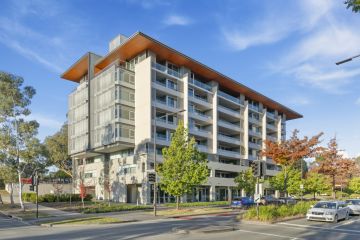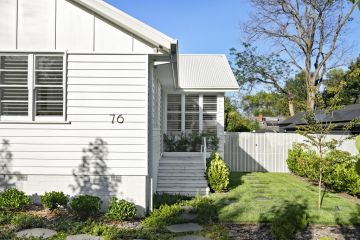Multigenerational households in Australia

With all the talk in recent years about the growth of single-person households, here’s a figure that may surprise you: One in five Australian households has adults from two or more generations living under one roof. That’s more than four million Aussies sharing a home with their parents, their adult children or other extended-family members.
Why do it?
A variety of reasons could explain this number. Some reasons include convenience and responsibility; living together makes it easier to care for elderly parents, young grandchildren and family members with disabilities. It also may mean that there are more people to look after the property itself while some family members may travel.
You might assume that another reason is cultural – after all, in some countries, such multigenerational living is standard practice, and Australia is home to people from many cultures all over the world. However, analysis from the Australian Housing and Urban Research Institute (AHURI) reveals that cultural factors may not play as a big a role in generations of families deciding to live together as financial circumstances do. Living together, of course, can save on expenses.
In 2006, proportionally more people living in multigenerational households worked as intermediate clerical, sales and service workers (19 per cent) or elementary clerical, sales and service workers (14 per cent), compared with all Australian households (17 and 9 per cent, respectively). There were also fewer multigenerational household residents working as professionals, associate professionals or managers and administrators compared with those for all Australian households.
The hotspots
A University of New South Wales (UNSW) study has found that most multigenerational households in Australia live in suburban areas. In Sydney, where this living arrangement is the most common at nearly a quarter of all households, the hotspots include Blacktown, Fairfield, Liverpool and Bankstown. In Queensland, Ipswich has the greatest number of multiple generations living under the same roof.
The pros and cons
As you might guess, extended families living together face plenty of challenges. The UNSW study identified the key issues, in order of significance:
- Lack of privacy and interference from other household members
- Responsibilities around housework and chores
- Impact on relationships with other family members
- Inadequate space
- Financial constraints
- Noise
But clear benefits also exist, according to the survey:
- Companionship
- Ease in providing care
- Financial benefits
- Continuing/upholding cultural traditions
- Intergenerational solidarity
- Practicality and convenience
Whatever your reasons for residing under the same roof, you’re not alone – both figuratively and literally. For millions of Australians, multigenerational living is making sense.
We recommend
We thought you might like
States
Capital Cities
Capital Cities - Rentals
Popular Areas
Allhomes
More
- © 2025, CoStar Group Inc.







